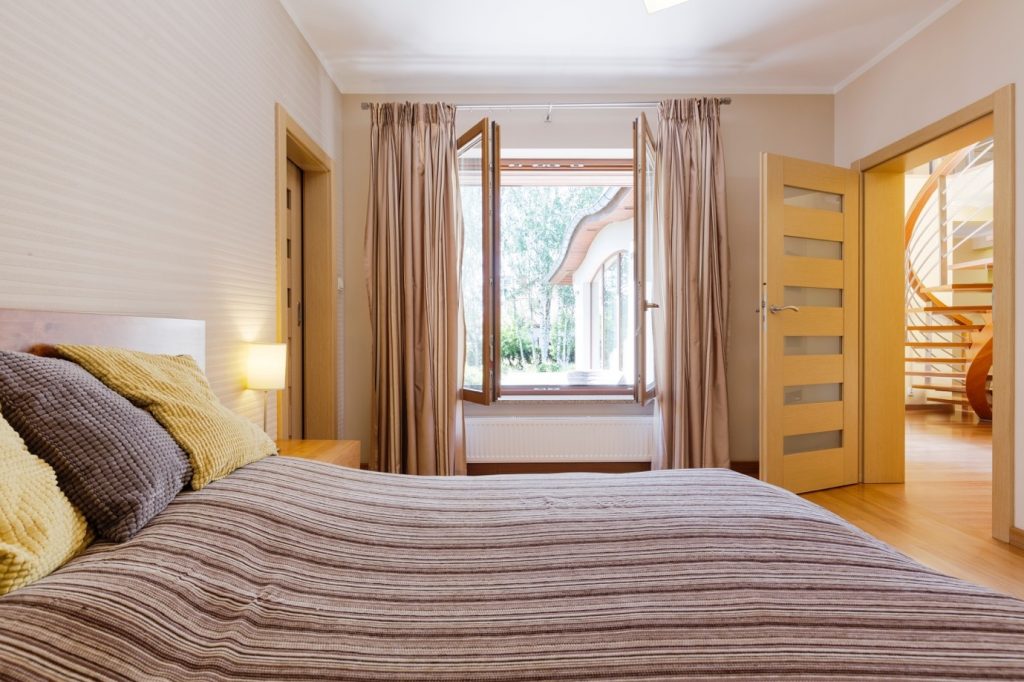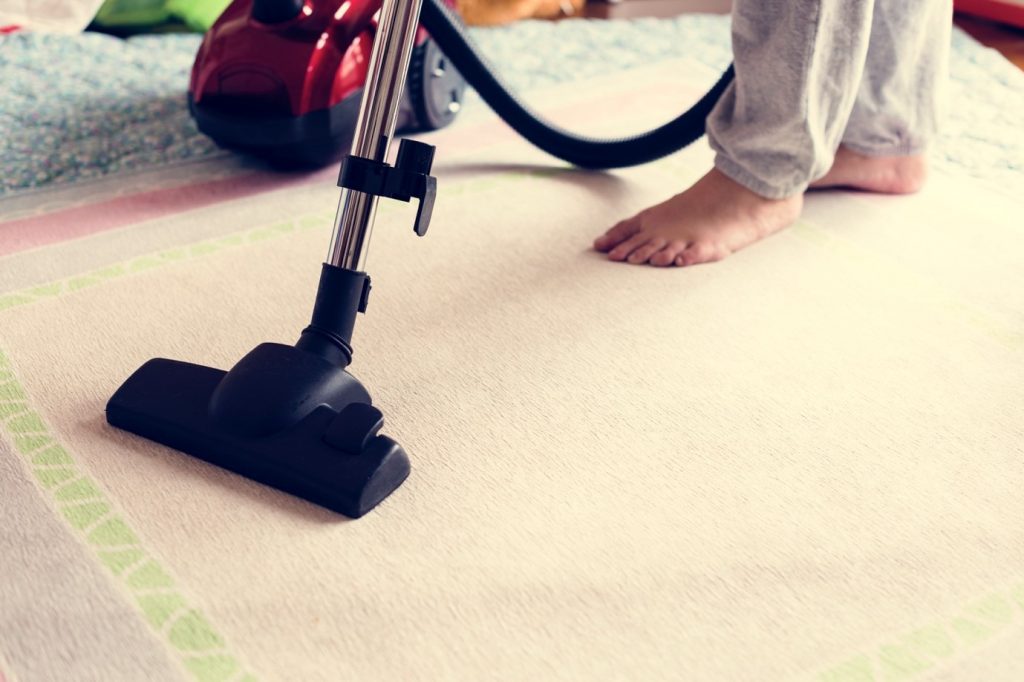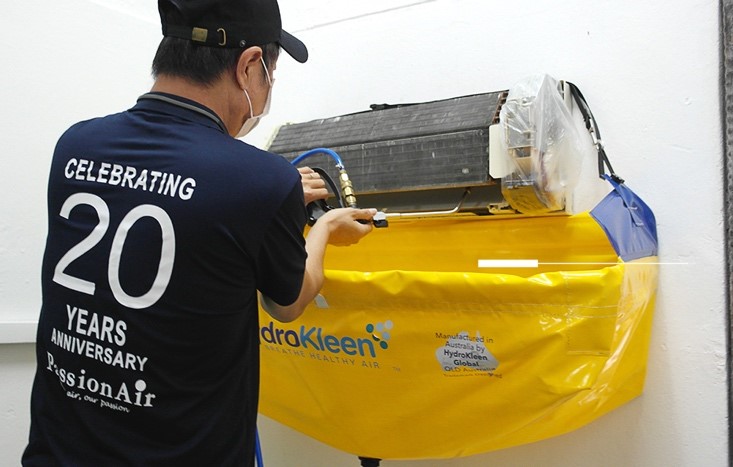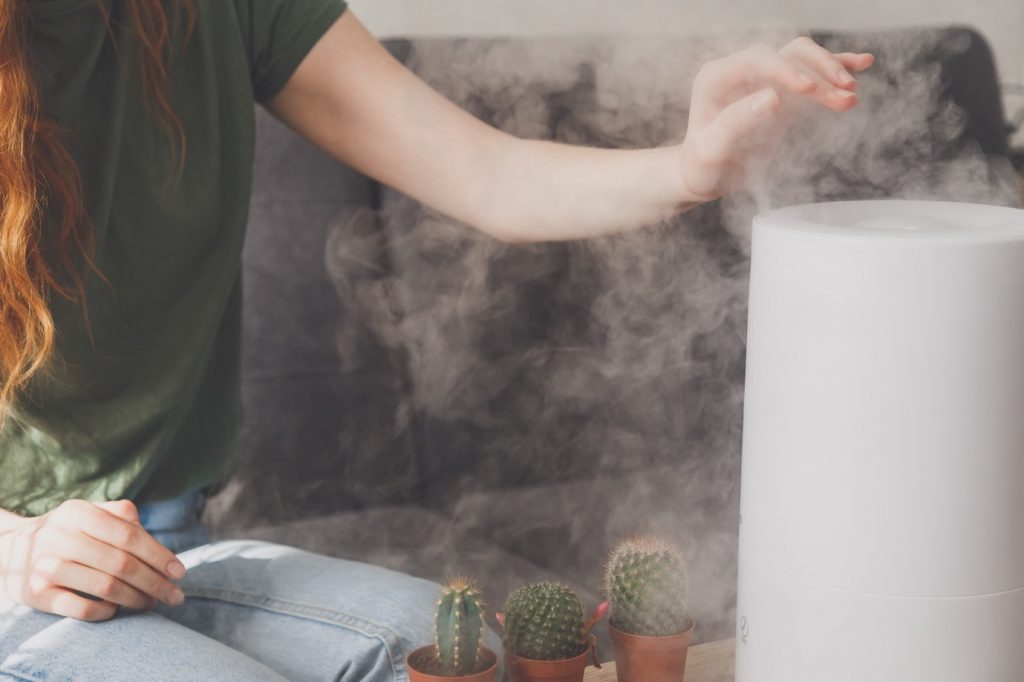Posted on: February 22, 2021
“Most of the things that cause problems are odourless,” says Dr. Nicholas BuSaba, associate professor of otolaryng-ology at Harvard -Medical School. “So, in many cases there’s nothing to alert you to the problem.” That is, there’s nothing other than the symptoms these allergens can trigger — such as respiratory problems (including asthma flare-ups), fatigue and sleepiness, or even digestive issues.
Making an effort to improve indoor air quality can help you avoid asthma flare-ups and allergy symptoms. While it’s probably not possible to eliminate all the allergens inside your home, you can reduce the number — and your exposure to them — by making some simple changes.
Here are some methods you can use to improve air quality inside your home
Proper Ventilation

By reducing indoor allergens that can trigger respiratory problems and other issues.
It may feel nice being sealed tight in your home, but for people who are sensitive to indoor allergens or have respiratory problems, this can aggravate matters.
Stale indoor air can increase the amount of allergy-inducing dust mites, pet dander, and mould spores circulating through your house. It’s important to be aware of some of the allergy and respiratory triggers that may be lurking in your surroundings. Indoor air quality tends to be worse when there is often no flow of fresh air from the outside, meaning allergens stay trapped inside.
So, let the fresh air in, open windows from time to time to allow fresh air to move into the house. Also, move potential air contaminants out by using fans in the kitchen to remove cooking fumes. Ensure that bathrooms, another potential source of mould, are well ventilated as well.
Keeping the indoor environment clean

A clean house may be a healthier house, because good indoor hygiene can greatly cut down on dust and mould. Focus on reducing the accumulation of mould, dust and pet dander (Pet dander is composed of tiny, even microscopic, flecks of skin shed by cats, dogs, rodents, birds and other animals with fur or feathers.)
Focus on the following:
- Vacuuming the carpets and area rugs at least once or twice a week with a vacuum cleaner equipped
- Opting for hard-surface flooring instead of wall-to-wall carpeting may also cut down on allergens in the home.
- Regularly cleaning bedding, drapes, and other items that tend to attract allergens
- Clearing clutter, because it traps and holds dust that can trigger a reaction.
- Scrub off any visible mould that collects in the shower, on fixtures, or walls.
Regularly sanitize your Air-conditioners

The primary function of air conditioners is to circulate cooled air and reduce heat in a room. They can, however, remove different contaminants such as pollen and dust from indoor air through their filters.
These impurities are pulled inside the air conditioners by the cooling system, but are often pushed back to the room a short time later. When using your air conditioner to clean air, it is important to clean and change the filters at least every month. Dirt reduces the aircon’s ability to cool air as it decreases air flow through the filters.
And contrary to the common belief that dirt helps filters work better, dirt free filters are what keep the air clean. Like filters, the evaporator cooling coils should also stay clean. It would be better to engage a skilled professional to clean the cooling coil. Cooling coils that are choked with dirt and mould will limit air flow thus inhibiting the ability of the aircon to circulate and filter air. Dirt corrodes the evaporator coil and may result in the refrigerant leaks.
A dirty coil also promotes the growth of mould as well as mildews resulting from dust mixing with condensation from the coil. Dirty aircon sends contaminated air back into your room and is the perfect environment for mould to grow in.
Try out our Anti-Bacterial Deep Clean powered by Hydrokleen Australia, this cleaning system can sanitize the coil and help prevent any mould built up inside the indoor aircon unit thus preventing it from blowing contaminants into your living space.
Investing in Air-purifiers

If you’re allergic to indoor allergens and can’t control the source of the problem, it may help to use an air purifier. Placed in the most commonly used areas of the house, these devices, can help capture some of the irritants that may trigger your symptoms. Preferably with an electrostatic filter, streamer function or ionizer function, can help ensure that dust and other airborne irritants get eliminated instead of being recirculated throughout your home. You’re probably not going to be able to remove these allergens completely, but you can cut down on them, which may help the problem. You may also consider a dehumidifier in damp areas and places that are generally higher in humidity, to help prevent the growth of mould.
Contact us via email at [email protected] if you need any suggestion on how to adopt any of the above methods!
